
Dudmaston's collections
Explore the objects and works of art we care for at Dudmaston on the National Trust Collections website.

Part of the ancient Forest of Morfe until the 16th Century, Comer Woods has a history influenced by nature, agriculture and industry.
The landscape of Comer Woods was forged in sandy Triassic desert and was changed over time by ice, meltwater and moraine. Those Triassic sand dunes have become the exposed sandstone you now see as you approach the woods.
Much of Comer Woods was located in the ancient 'Forest of Morfe' until the 16th century; the word 'forest' in this instance was an administrative term rather than an area of woodland (although there would have been trees in many of these 'forests').
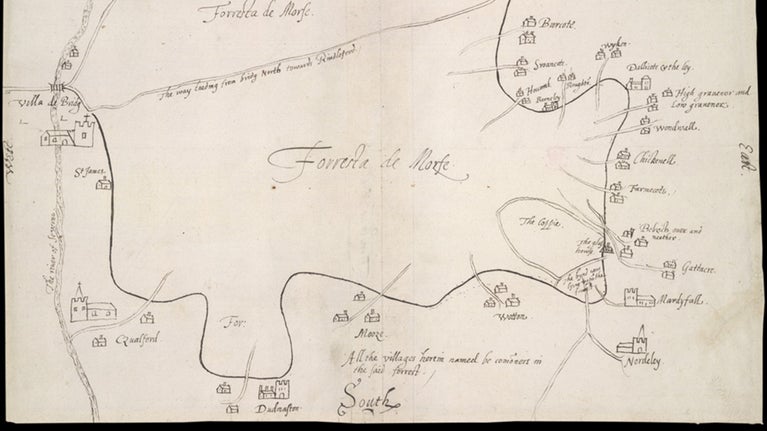
As the name Heath Meadow, Heath Barn and Heath Farm suggest, the area used to be an open acid grassland, heathland and woodland, similar in character to the New Forest in Hampshire. Its extent is uncertain but we know the last recorded open common sat between Mose Farm, Dudmaston and the towns and villages of Bridgnorth, Worfield and Claverley.
Morfe existed for thousands of years until the Enclosure Acts of 1830–1850, when landowners were allowed to enclose land that had formally been shared by local communities. Within the wider landscape of the Dudmaston Estate various clues remain to the lost landscape of Morfe, these include: a bank of wild liquorice (traditionally used in herbal remedies); boundary features; an earthwork enclosure which could be a hillfort or hunting lodge; and plants like heather and gorse.
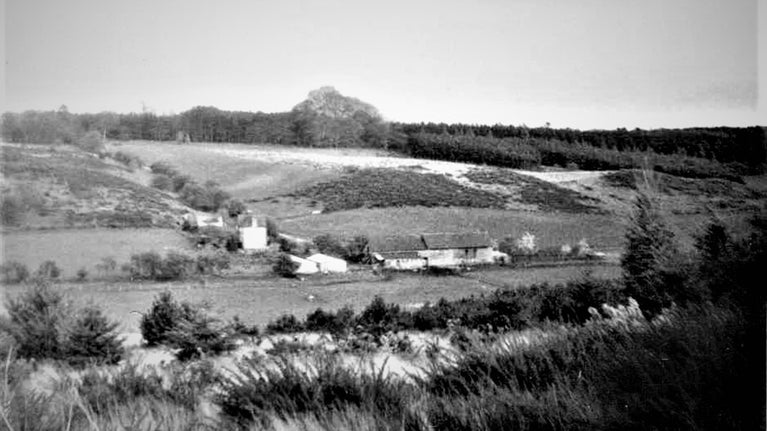
There have been inhabitants in and around Comer Woods since the Iron Age. The name Comer derives from 'Cwm Mawr' meaning 'great valley'. This great valley was formed by ancient rivers which carved their way down through the sandstone bedrock.
The series of pools or fishponds which now sit at the base of the valley: Seggy Pool, Wall Pool and Brim Pool, date from 1777, although they are probably older.

The woodland was developed in the early 19th century by William Wolryche-Whitmore (1781–1858) as an extension of Dudmaston’s landscape design.
Geoffrey Wolryche-Whitmore (1881–1969) became agent of Dudmaston estate in 1908 at the age of 27, having trained on the progressive estates of Apethorpe and Buscot. Full of enthusiasm for his new role, he travelled to Germany to study modern methods of forestry and his vision and pioneering work saved Dudmaston from economic ruin.
Forestry was and is important to the Dudmaston Estate, but we also know that it contributed to the continued loss of heathland and to significant changes to the Morfe landscape. In 1910 Geoffrey planted 200 acres of woodland on sandy heathland soil not suitable for farming and established a sawmill at Holt. His interest in trees grew beyond forests to include ornamental planting.
Geoffrey was among the first in England to grow the dawn redwood (Metasequoia glyptostroboides) from seed collected in 1948 after its rediscovery in China. His forestry use of different conifers, such as Douglas fir and Corsican pine, was pioneering (the government’s Forestry Commission was only established in 1919) and he became recognised as one of the country’s leading experts.
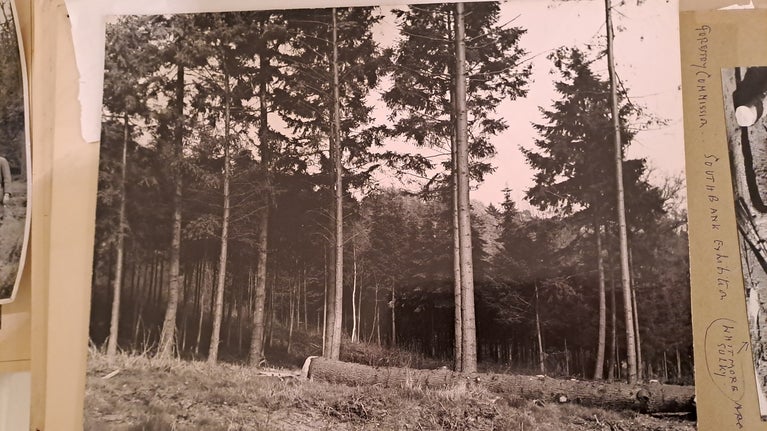
It was the planting and harvesting of fast-growing trees that helped Dudmaston to survive during the long agricultural depression. At the 1951 Festival of Britain, a model of Dudmaston was chosen to demonstrate an estate with integrated farming and forestry. Geoffrey was President of the Royal Forestry Society in 1944–6 and received several of the society’s medals, including one of their first Gold Medals, in 1961.
Geoffrey planted fast-growing conifers on the light sandy soil north and west of Comer Wood, where the agricultural land was of poor quality, and mixed them with broadleaf trees on the heavier soil around the pools and in Comer Wood. Though Geoffrey's work succeeded financially, some of the new and expanded plantings concealed the earlier history of the landscape. Rangers are working to reveal some of this hidden landscape today.
The whole of the Dudmaston Estate, including Comer Woods, is National Heritage Grade II listed due to its special historical interest.

The National Trust took over the estate in 1978 and continues to care for and manage Comer Woods.
In 2018 the National Trust created the Explorer Trail which made Comer Woods more accessible to families, cyclists and to visitors using the Tramper.
In 2023 the terrace was improved at Heath Barn, adding a seating area for the Café and a place for concerts and .
Ongoing projects are underway to increase biodiversity and create wildlife corridors by connecting the woods with surrounding pockets of woodland and heathland.

Explore the objects and works of art we care for at Dudmaston on the National Trust Collections website.
A family home at the centre of rural Shropshire life, Dudmaston also houses one of the most important private collections of modern art in Britain. This is a house of many contrasts, lived in by the same family for over 875 years.

Get away from it all and enjoy a little peace and tranquility in the garden complete with views as far as the eye can see and a love of art that seeps through.
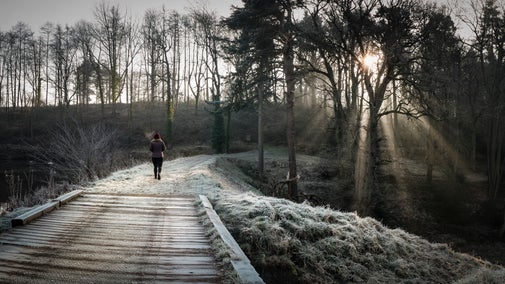
Whether it’s family walks in the woodland or getting outdoors on a bike ride through Comer Wood, discover the best ways to explore the estate at Dudmaston.
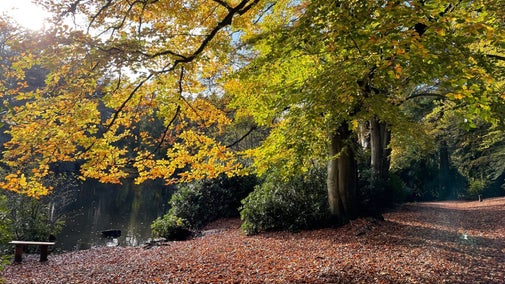
Find out how we’re improving biodiversity in the woodland and wildflower meadows in our care, whilst contributing to greener renewable energy using a biomass boiler.

Visit Dudmaston's unique collection of art, featuring works from Barbara Hepworth, Henry Moore and Ben Nicholson. Uncover the fascinating story of Lady Labouchere’s botanical collection in the Inspired by Nature Gallery.

Learn about people from the past, discover remarkable works of art and brush up on your knowledge of architecture and gardens.
